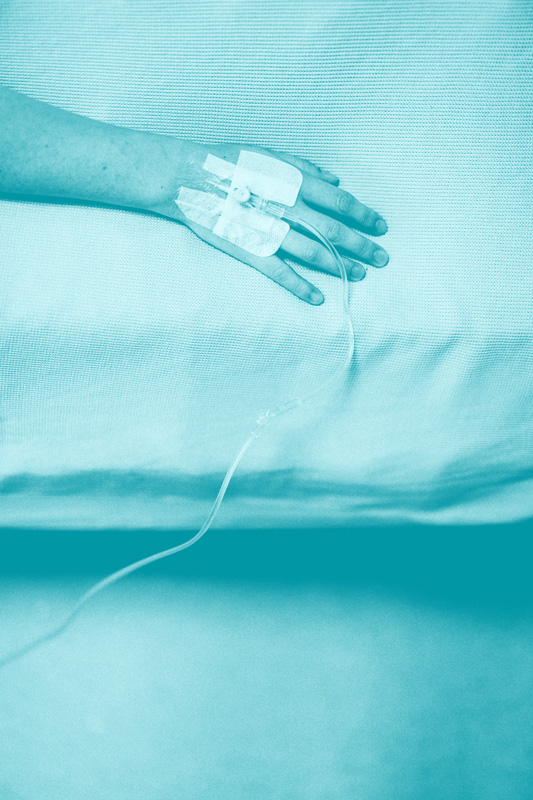Anesthesia-assisted Rapid Opioid Detox
There are many people who are eager to give up a life of substance dependence but are not as eager to endure the detox process. Maybe they have experienced it before or someone else may have shared how difficult it is. Until a person can work through this fear, it may take them years to attempt it. One often-proposed solution is to ask for anesthesia-assisted detoxification.
As the name implies, this involves undergoing the detox process while heavily sedated. The patient can then sleep through the worst of the experience, which takes place during the first few hours of rapid detoxing.
How Does It Work?
This is just one of the many forms of rapid detoxing available. Not surprisingly, it is one of the most preferred. When patients choose this route, they receive doses of an antagonist opioid. This triggers the withdrawal process. The person also receives sedatives to ensure they sleep through the beginning of the detox.

After a few hours into anesthesia-assisted detoxification, the patient awakens. At this point, the body is on the last leg of the detox process. While the worst is behind the patient, there are some weeks ahead of treating symptoms and taking medications. Unfortunately, many patients do not follow through with taking the antagonists that are prescribed.
To overcome this issue, some doctors implant a pellet. This releases the prescribed medication slowly over the next few months and eliminates issues related to noncompliance.
Who Is This Most Suitable For?
As with any medical procedure, there is a price to pay for speed and convenience. Insurance companies may cover the cost. Failing this, reputable rehabilitation centers tend to offer financing opportunities.
Here are some of the patients who anesthesia-assisted detoxification might appeal to most:
- Patients who have a low tolerance for pain and discomfort
- Patients who put off pursuing freedom from substances out of fear of the detox process
- Patients who attempted the detox process before but felt unable to complete it
- Patients who have become dependent on opioids
- Patients whose dependence levels have grown to high doses of the substances they crave
- Patients who have a very limited time to turn their lives around for personal or professional reasons
Is It Safe and Does It Work?
There is some conflict in the medical community about whether this is a safe or effective procedure. Back in 1999, researchers studied the effects of anesthesia-assisted detoxification on 20 patients. It reported that none of the 20 patients experienced adverse effects and that all 20 were successfully detoxified. Of the 20 patients, 13 had no withdrawal symptoms at all, while the remaining 7 had only mild symptoms left to battle with. Three of the patients maintained their newfound abstinence at the time of follow-up for the study.
There are also studies that say otherwise. In 2013, the CDC warned of the potentially adverse effects of anesthesia-assisted detoxification. To add to this, the National Institute on Drug Abuse claims that withdrawal is no easier when patients use this process versus taking the longer route with allegedly more discomfort. The organization also confirmed that there are potential adverse side effects to consider. Some of these are related to preexisting conditions.
Should I Go Through With It?
The obvious question people follow up with is whether or not the benefits are worth the risk. There are many factors that go into this decision. One of the most important is a person’s current health. Only a doctor can make that decision and must do so on a case-by-case basis.
At Clean Recovery Centers, we help patients to make sound decisions about the treatment plans that are right for them. To learn more about anesthesia-assisted detoxification, its potential risks and reported benefits, give us a call at 1-888-534-7942.


